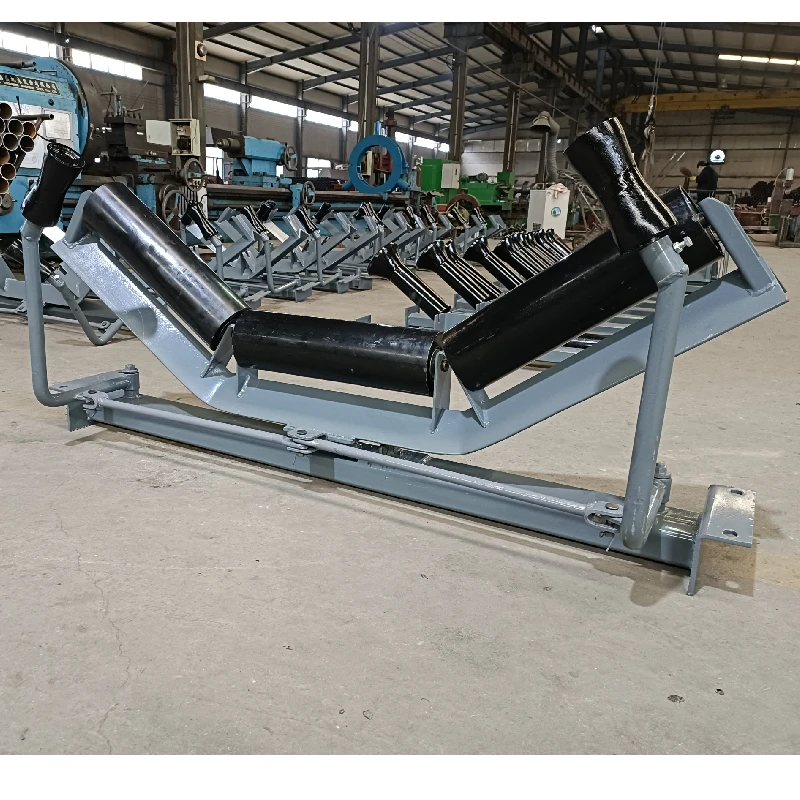 Afrikaans
Afrikaans  Albanian
Albanian  Amharic
Amharic  Arabic
Arabic  Armenian
Armenian  Azerbaijani
Azerbaijani  Basque
Basque  Belarusian
Belarusian  Bengali
Bengali  Bosnian
Bosnian  Bulgarian
Bulgarian  Catalan
Catalan  Cebuano
Cebuano  Corsican
Corsican  Croatian
Croatian  Czech
Czech  Danish
Danish  Dutch
Dutch  English
English  Esperanto
Esperanto  Estonian
Estonian  Finnish
Finnish  French
French  Frisian
Frisian  Galician
Galician  Georgian
Georgian  German
German  Greek
Greek  Gujarati
Gujarati  Haitian Creole
Haitian Creole  hausa
hausa  hawaiian
hawaiian  Hebrew
Hebrew  Hindi
Hindi  Miao
Miao  Hungarian
Hungarian  Icelandic
Icelandic  igbo
igbo  Indonesian
Indonesian  irish
irish  Italian
Italian  Japanese
Japanese  Javanese
Javanese  Kannada
Kannada  kazakh
kazakh  Khmer
Khmer  Rwandese
Rwandese  Korean
Korean  Kurdish
Kurdish  Kyrgyz
Kyrgyz  Lao
Lao  Latin
Latin  Latvian
Latvian  Lithuanian
Lithuanian  Luxembourgish
Luxembourgish  Macedonian
Macedonian  Malgashi
Malgashi  Malay
Malay  Malayalam
Malayalam  Maltese
Maltese  Maori
Maori  Marathi
Marathi  Mongolian
Mongolian  Myanmar
Myanmar  Nepali
Nepali  Norwegian
Norwegian  Norwegian
Norwegian  Occitan
Occitan  Pashto
Pashto  Persian
Persian  Polish
Polish  Portuguese
Portuguese  Punjabi
Punjabi  Romanian
Romanian  Russian
Russian  Samoan
Samoan  Scottish Gaelic
Scottish Gaelic  Serbian
Serbian  Sesotho
Sesotho  Shona
Shona  Sindhi
Sindhi  Sinhala
Sinhala  Slovak
Slovak  Slovenian
Slovenian  Somali
Somali  Spanish
Spanish  Sundanese
Sundanese  Swahili
Swahili  Swedish
Swedish  Tagalog
Tagalog  Tajik
Tajik  Tamil
Tamil  Tatar
Tatar  Telugu
Telugu  Thai
Thai  Turkish
Turkish  Turkmen
Turkmen  Ukrainian
Ukrainian  Urdu
Urdu  Uighur
Uighur  Uzbek
Uzbek  Vietnamese
Vietnamese  Welsh
Welsh  Bantu
Bantu  Yiddish
Yiddish  Yoruba
Yoruba  Zulu
Zulu Head and Tail Pulleys for Efficient Belt Conveyor Systems
Understanding Head and Tail Pulleys in Belt Conveyors
Belt conveyors are an essential component in various industries, from mining to manufacturing. They facilitate the movement of materials over long distances with efficiency and ease. Among the numerous components that make up a belt conveyor, the head pulley and tail pulley are fundamental to the system's functionality. This article will explore the roles, types, and significance of head and tail pulleys in belt conveyor systems.
What are Pulleys?
Pulleys are simple machines that consist of a wheel on an axle or shaft, designed to support movement and change the direction of force. In the context of belt conveyors, these pulleys serve as the driving mechanism for conveying materials. They help to tension the belt and guide it throughout its operation.
Head Pulley
The head pulley, located at the discharge end of the conveyor system, is the pulley that drives the belt. Its primary functions are to provide tension to the conveyor belt and to facilitate the movement of materials off the belt onto the desired loading area.
Head pulleys typically come in two types lagged and smooth.
- Lagged Pulleys These have a rubber covering that provides increased traction. The lagging improves friction between the belt and the pulley, which is particularly useful in cases where the conveyor carries heavy, bulk materials. The rubber surface also reduces slippage, ensuring that the belt moves smoothly and efficiently.
- Smooth Pulleys As the name suggests, smooth pulleys lack a lagging surface. These are often used in lighter applications where the materials conveyed do not require extra friction to maintain movement.
Additionally, head pulleys can be designed with a range of diameters depending on the application
. Larger head pulleys provide more surface area for the belt to adhere to, which can be advantageous in handling heavier loads or high-speed operations.head pulley tail pulley for belt conveyor

Tail Pulley
Opposite the head pulley, the tail pulley is located at the loading end of the conveyor system. Its primary role is to provide support for the return side of the conveyor belt, maintaining the tension required for efficient operation. The tail pulley also plays a crucial part in helping to track the belt, ensuring it remains aligned and functions correctly.
Similar to head pulleys, tail pulleys can also come in different types
- Drive Tail Pulleys may have a drive mechanism integrated, which helps in the movement of the entire conveyor belt.
- Return Tail Pulleys are often non-driven and purely support the belt's return journey. They can be equipped with lagging as well to reduce wear and improve the longevity of the belt.
Importance of Proper Maintenance
The efficient operation of both head and tail pulleys is vital for the overall productivity of a belt conveyor system. Regular maintenance is essential to avoid breakdowns which can lead to costly downtimes. Common maintenance practices include inspecting the alignment of the pulleys, checking for wear on lagging surfaces, and ensuring that the bearings are adequately lubricated.
Conclusion
In conclusion, the head and tail pulleys are vital components that enable the effective functioning of belt conveyor systems. They not only drive the conveyor belt and manage material discharge but also ensure the belt remains in proper alignment and tension. Understanding the significance and functionality of these pulleys helps in enhancing the performance of conveyor systems, which, in turn, contributes to improved productivity in various industries. Proper upkeep and timely maintenance of these components are crucial to sustaining operational efficiency and minimizing disruptions. Whether for heavy-duty applications in mining or lighter uses in manufacturing, recognizing the pivotal roles of head and tail pulleys is essential for anyone involved in material handling applications.
-
Revolutionizing Conveyor Reliability with Advanced Rubber Lagging PulleysNewsJul.22,2025
-
Powering Precision and Durability with Expert Manufacturers of Conveyor ComponentsNewsJul.22,2025
-
Optimizing Conveyor Systems with Advanced Conveyor AccessoriesNewsJul.22,2025
-
Maximize Conveyor Efficiency with Quality Conveyor Idler PulleysNewsJul.22,2025
-
Future-Proof Your Conveyor System with High-Performance Polyurethane RollerNewsJul.22,2025
-
Driving Efficiency Forward with Quality Idlers and RollersNewsJul.22,2025





























